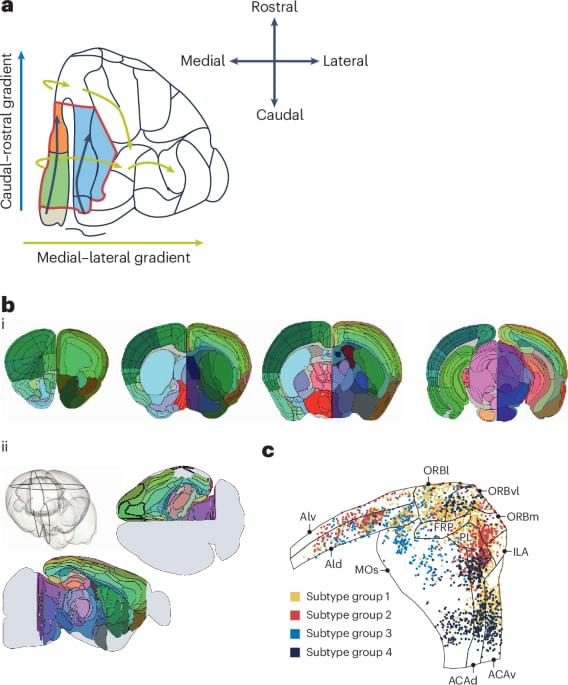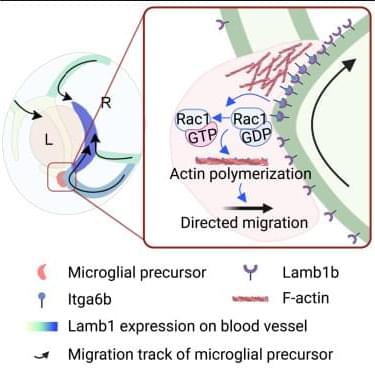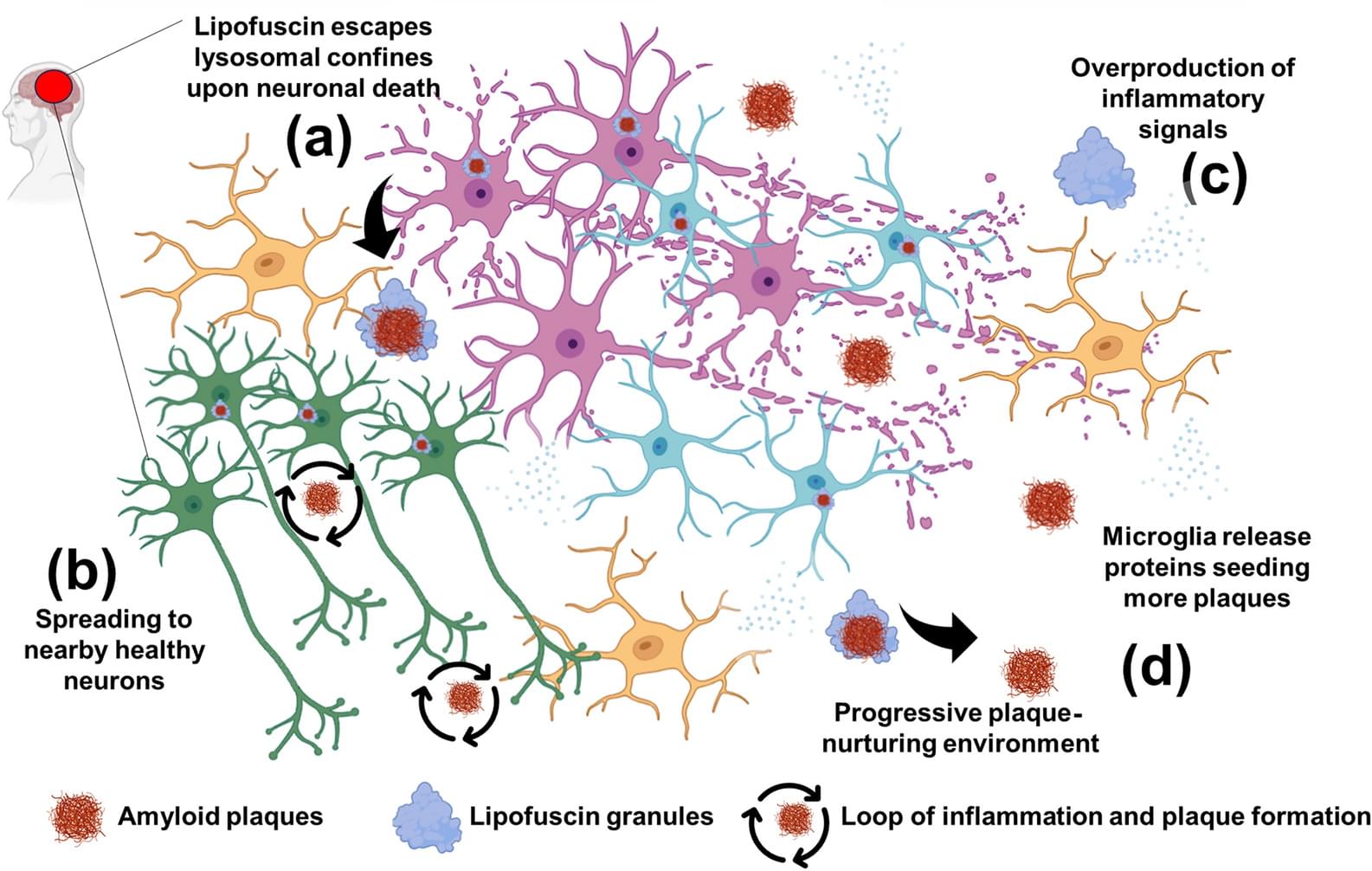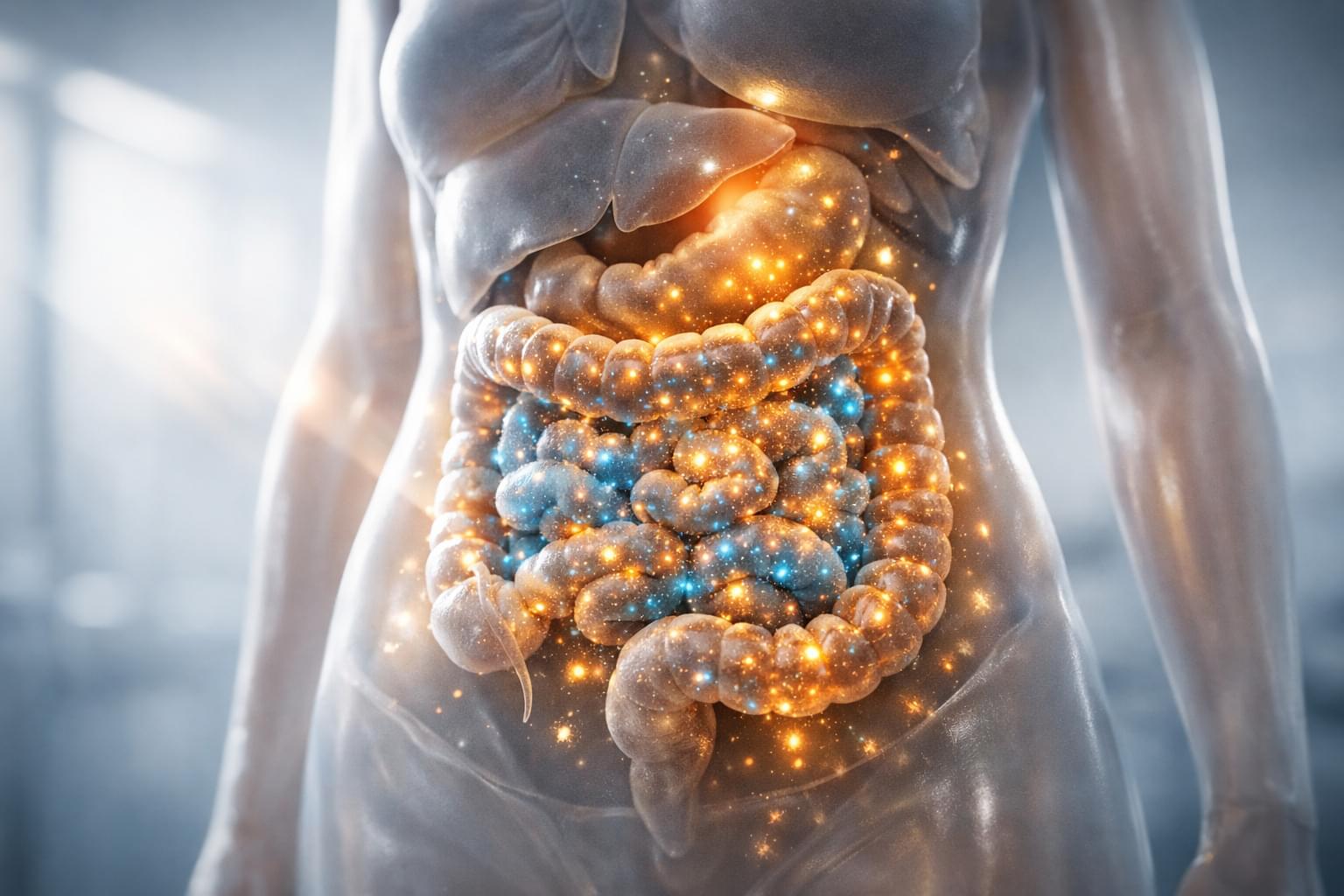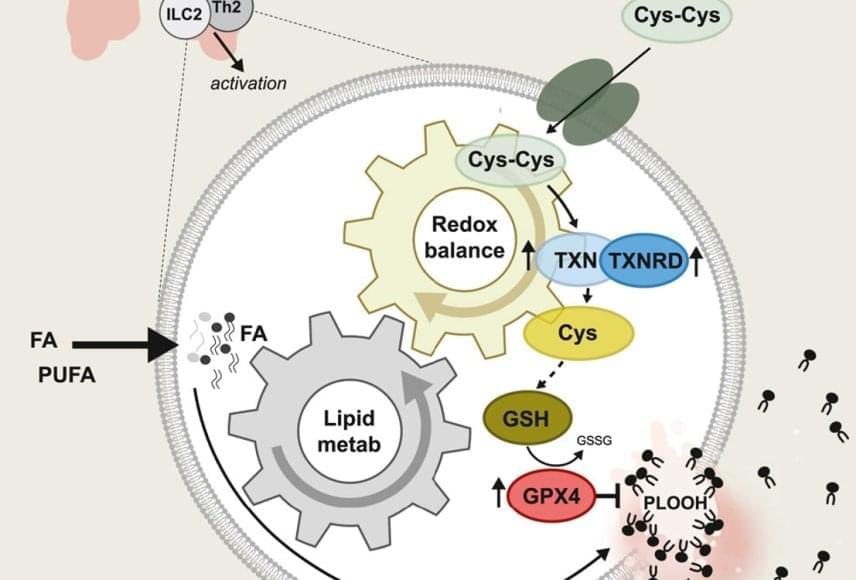For decades, neuroscience textbooks have taught us that the brain is organized into discrete areas — like Broca’s area for language or V1 for early vision, each with a well-defined role. This kind of areal parcellation has shaped how we interpret brain imaging, neural recordings, and even theories of cognition.
But this new article challenges that foundational idea. Instead of treating brain areas as the central units of brain function, the authors argue that brain organization is more complex, multi-layered, and distributed than traditional area-based frameworks suggest.
The authors begin with a simple observation: the ways in which neuroscientists define cortical areas, based on cell structure (cytoarchitecture), connectivity, or response properties — don’t always point to the same boundaries. In other words, different methods of dividing the cortex produce different “maps,” and there’s surprisingly little convergence on a single, definitive set of brain areas.
This inconsistency raises a big question: If areas aren’t consistently defined by structure or connectivity, can we really treat them as the fundamental units of brain function.
Parcellation of the cortex into functionally modular brain areas is foundational to neuroscience. Here, Hayden, Heilbronner and Yoo question the central status of brain areas in neuroscience from the perspectives of neuroanatomy and electrophysiology and propose an alternative approach.
